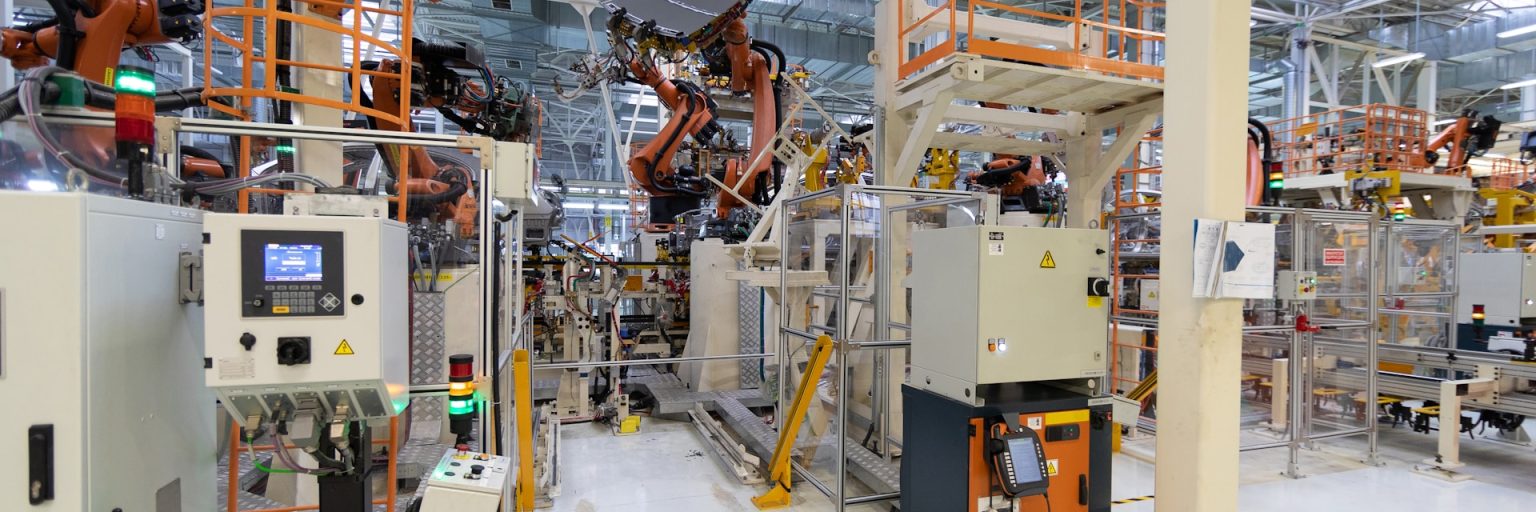Machine safety and performance are critical in modern industrial settings. Ensuring that equipment operates smoothly, efficiently, and without risk of failure is a top priority for manufacturers.
One of the essential elements in achieving these objectives is motion control. This technology integrates mechanical systems with electronic devices to regulate movement, providing precision, stability, and safety in various industrial processes.
By employing motion control in industries, they can improve their productivity while reducing risks associated with machine failure. Its applications span across multiple sectors, including manufacturing, automation, robotics, and transportation, making it indispensable for businesses aiming to optimise operations.
Understanding Motion Control
Motion control refers to the technology used to control the movement of machinery or equipment. It involves the coordination of mechanical components, sensors, actuators, and controllers. These systems manage motion in terms of speed, position, and force, ensuring that machines perform as intended without errors or interruptions.
At its core, motion control systems rely on precise feedback loops. These loops continuously monitor machine performance and make real-time adjustments to maintain accuracy. This precision is especially crucial in industries where even small deviations can lead to significant losses.
Enhancing Machine Safety
One of the key contributions of motion control is its ability to enhance safety. Industrial machinery often operates at high speeds and under heavy loads, posing risks to workers and equipment. A motion control system mitigates these dangers by:
- Improved Monitoring: Motion sensors track every aspect of the machine’s operation. This allows the system to detect abnormalities, such as excessive vibration or overheating, and respond before an accident occurs.
- Controlled Movement: Actuators regulate the motion of components, ensuring they operate within safe parameters. Sudden or erratic movements are minimised, protecting workers and preventing damage.
- Emergency Shutdowns: In the event of a malfunction, the system can immediately stop the machine. This rapid response reduces the likelihood of injury or extensive damage.
- Error Prevention: By maintaining precise control over motion, the system eliminates errors caused by misaligned parts or inconsistent speeds. This not only improves safety but also ensures consistent product quality.
Boosting Performance
In addition to safety, motion control plays a pivotal role in enhancing machine performance. Its ability to deliver accuracy and efficiency translates into tangible benefits for industrial processes.
- Increased Precision: Whether it’s positioning a robotic arm or cutting materials, motion control systems ensure tasks are completed with exactness. This precision reduces waste and improves the overall quality of production.
- Optimised Speed: Machines equipped with motion control can operate at their optimal speed without compromising accuracy or safety. This balance increases productivity while minimising wear and tear.
- Consistency: A well-regulated system ensures that machines perform the same task repeatedly with identical results. This consistency is essential in industries like automotive or electronics, where uniformity is key.
- Energy Efficiency: By managing motion effectively, these systems help reduce energy consumption. They ensure that machines only use the power they need, which lowers operational costs.
Applications of Motion Control
Motion control systems find applications in various fields due to their versatility and effectiveness. Some of the notable areas include:
- Manufacturing: From assembly lines to CNC machines, motion control ensures precise operations and consistent output.
- Automation: Automated systems like conveyor belts and robotic arms rely on motion control to function seamlessly.
- Medical Equipment: Devices such as surgical robots and imaging systems use motion control for accuracy and reliability.
- Aerospace and Defence: In these sectors, controlling motion is crucial for operations like missile guidance and aircraft assembly.
How Motion Control is Integrated
Integrating motion control into industrial equipment involves several components working together:
- Controllers: These serve as the brain of the system, processing inputs and sending commands to other components.
- Actuators: These devices help in converting electrical signals into mechanical motion, such as linear or rotary movements.
- Feedback Sensors: These continuously monitor the system and provide data on position, speed, or force to ensure accuracy.
- Power Supplies: These provide the energy needed to drive the system, ensuring all components function correctly.
By combining these elements, a motion control system delivers reliable and efficient operation, tailored to specific industrial requirements.
Benefits of Motion Control for Businesses
For businesses, adopting motion control systems offers multiple advantages:
- Reduced Downtime: By preventing malfunctions and ensuring smooth operation, these systems keep production lines running efficiently.
- Lower Maintenance Costs: Controlled motion reduces wear on components, extending the lifespan of machinery and minimising repair costs.
- Improved Product Quality: Enhanced precision ensures that products meet high standards, increasing customer satisfaction and reducing defects.
- Scalability: Motion-controlled systems can be adapted to meet the needs of growing businesses, making them a flexible solution.
Partnering with Reputable Energy Brands
To maximise the potential of motion control systems, it’s essential to collaborate with reliable energy providers. Trusted brands bring expertise in designing, deploying, and maintaining these systems, ensuring they are tailored to specific industrial needs.
They also offer ongoing support, helping businesses keep their systems running efficiently. With high-quality components and a focus on safety, reputable providers make it easier for organisations to enjoy the full benefits of motion control technology.
By investing in motion control and partnering with established energy brands, businesses can achieve a balance between safety, performance, and cost efficiency. This forward-thinking approach ensures long-term success in an increasingly competitive industrial landscape.



